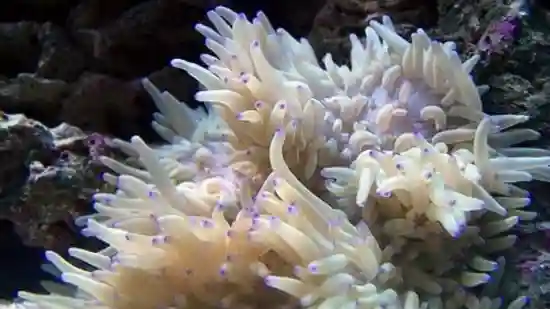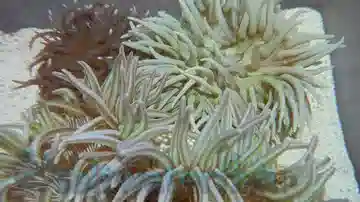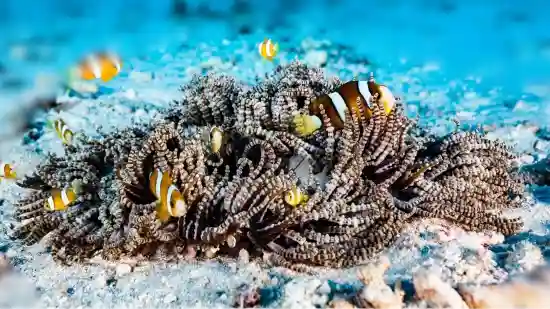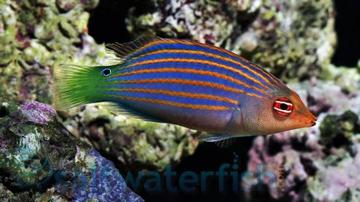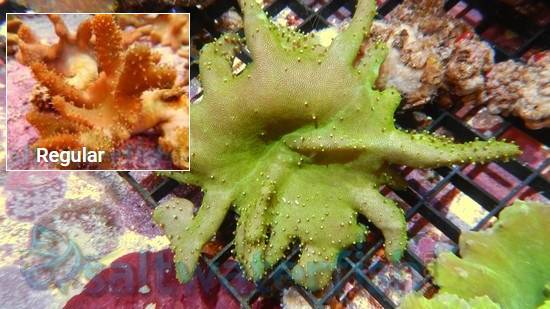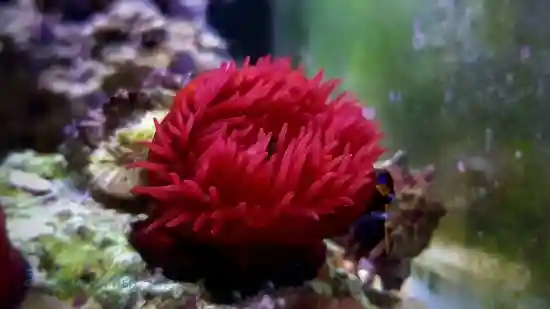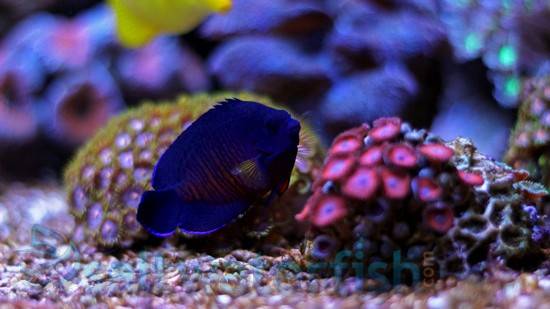Waratah Anemone: Flower Red
Actinia tenenbrosa
(1 Reviews)
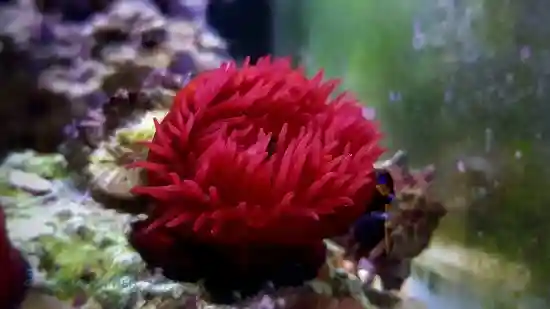
Waratah Anemone: Flower Red
Actinia tenenbrosa
(1 Reviews)
{{ item.name }}
Size: {{ item.extra_field_3 }}
${{ getFormattedPrice(item.saleprice) }} ${{ getFormattedPrice(item.price) }}
To join the waiting list, click here
Free Shipping
With
$199.00
or more in Marine Life.
More details...
Waratah Anemone: Flower Red Care Facts
| Care Level: | Moderate |
|---|---|
| Temperament: | Semi-Aggressive |
| Diet: | Carnivore |
| Reef Safe: | Yes |
| Minimum Tank Size: | 40 Gallons |
| Lighting: | High |
| Placement: | Bottom |
| Waterflow: | Moderate |
The Waratah Anemone (Actinia tenebrosa) is a hardy cool-water species valued for its vivid red tentacles and reliable performance under stable conditions. Many aquarists search for information such as the features of the Waratah Anemone or what Waratah Anemones eat, and this species offers predictable behavior and steady feeding response when kept at cooler temperatures. They will not host Clownfish and will see them as potential prey items. House them together with caution.
Appearance
The Waratah Anemone displays short red or crimson tentacles arranged around a central mouth. When disturbed, it retracts into a smooth dome-shaped blob with a glossy surface. It remains only a few centimeters across and often settles into tight crevices or small holes in rock.
Care & Requirements
This species adapts well to cool-water systems when temperatures remain between 59–72°F. It prefers attachment to rock with moderate directional flow that keeps surfaces clear of debris. Moderate lighting is suitable because the Waratah Anemone does not depend on intense illumination. Feeding two or three times weekly with small meaty foods maintains stable color and predictable expansion. Keeping consistent salinity between 1.024 and 1.026 and a pH of 8.0–8.3 supports normal behavior.
How often should I feed the Waratah Anemone?
Two or three small feedings per week maintain healthy expansion.
Can the Waratah Anemone handle tropical reef temperatures?
It should not be kept above 72°F for extended periods.
Does it need strong lighting?
Moderate lighting is sufficient.
Tank Mates & Compatibility
The Waratah Anemone suits temperate tanks with cool-water fish capable of avoiding its tentacles. Small crustaceans may be captured, so tank mates must be chosen carefully. It is not suited for coral-heavy systems because contact with tentacles can harm sessile invertebrates. Providing space between individuals reduces competition.
Are small fish safe with the Waratah Anemone?
Only cool-water fish that can avoid the tentacles reliably should be considered.
Can multiple Waratah Anemones be kept together?
They can be kept together when spaced to minimize competition.
Is it compatible with crabs or shrimp?
Small crustaceans may be viewed as prey.
Aquaculture/Availability
Captive-bred Waratah Anemones are not widely available, and most specimens come from wild collection. Availability varies seasonally because access to intertidal zones depends on safe conditions.
Are captive-bred Waratah Anemones common?
Captive-bred options are not consistently available.
Is seasonal availability normal?
Yes, it varies with collection conditions.
Do they ship well?
They generally ship well when secured and kept cool.
FAQ
How long can a Waratah Anemone live in a home aquarium?
With stable cool-water conditions, many individuals live for several years. Consistent parameters help them maintain normal behavior.
What type of rockwork helps the Waratah Anemone anchor securely?
Porous rock with small crevices or holes allows the anemone to wedge its base securely.
Is the Waratah Anemone a good option for a beginner temperate tank?
It can be suitable for beginners prepared to maintain cooler temperatures.
Can the Waratah Anemone sting other invertebrates?
Yes, its tentacles can damage nearby sessile invertebrates.
What feeding behavior is typical for the Waratah Anemone?
It generally extends its tentacles quickly when food is offered and accepts small meaty items.
Does the Waratah Anemone need strong water movement?
Moderate directional flow is preferred.
What salinity level is best for the Waratah Anemone?
A salinity of 1.024–1.026 supports long-term stability.
How can I recognize stress in the Waratah Anemone?
Signs include prolonged deflation, detachment, or mouth gaping.
Very beautiful came in very healthy
Reviewed by: Samuel Cooper on June 29, 2025



